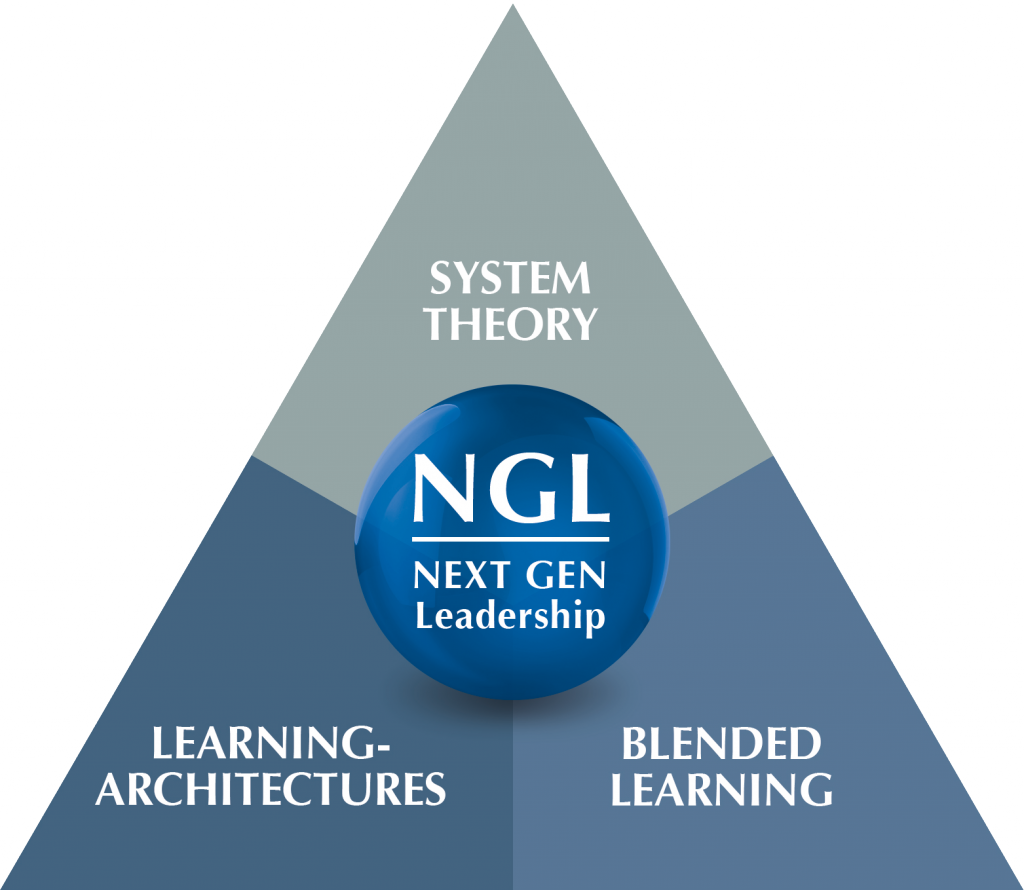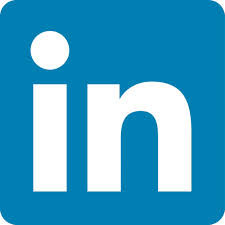Confident thinking and acting in dealing with uncertainty and risk

We present our Next-Generation-Leadership concept for you to successfully master current leadership requirements. This concept is a combination of suitable organizational structures, modern learning architectures and interactive learning platforms, which enable and reinforce the formation of neural networks among managers.
It is based on the findings of modern systems theory and the latest knowledge in neuroscience.
In the future, leadership will have more to do with navigation than with controlling. The focus is on enabling. Enabling means opening spaces, creating opportunities, offering support so that employees can largely organize themselves. Courage is the most important requirement for an open intrapreneurship culture. This includes framework conditions and incentives such as real role models, more fault tolerance and a comprehensive understanding of innovation and innovation systems.
 Frédéric SedlákSenior Consultant | HR Management
Frédéric SedlákSenior Consultant | HR ManagementWe are always at your service+49 4102 69 93 22
Ask for free informationf.sedlak@spconsulting.de
Our Next-Generation-Leadership concept
The starting point of the NGL concept is the view of organizations as complex social systems. This abandons the traditional assumption that causal phenomena can be explained. Organizations are communication systems, the most important communicative event of which is the decision.
Historically grown observation and evaluation grids of organizations have a determinative effect on managers and their behavior. If collectively anchored expectations are not met by employees or managers, the organization can react unexpectedly and very violently. This reaction in turn has an effect on the managers and their role definition.
It is no longer a matter of making the right decisions yourself, but of ensuring that all relevant and relevant information available inside and outside the company is fed into the ongoing communication process in order to make wise decisions. Depending on how well or badly this communication process is designed, this has an impact on the quality of the decisions made.
Learning architectures
With an understanding of the newer system theory, the determining forces of an organization on executives (and vice versa) are equally taken into account. Profound changes and crises present companies and managers with demanding change and development needs. The volatility in relevant environments requires organizations to react quickly and flexibly. Personal and organizational learning must be closely interlinked.
The NGL concept ensures that leadership development is not detached from organizational requirements and circumstances and without considering the relevant environments and the expected developments.
The close connection between organizational and personal learning is ensured in the NGL concept by modern learning architectures.
Personal and organizational learning
estion of which organizational framework conditions need to be created and which organizational developments / changes need to be initiated in order to ensure the long-term existence of the company.
Based on these requirements, it is determined what this means for the managers of the respective organization. A well-developed qualification architecture (personnel development) is then the clock for the processing architecture. The organizational framework is created in synchronism with the qualification phase so that what has been learned can then become effective on the organizational development side. This ensures transfer efficiency.
If the starting point is organizational development, the specific development and change needs are first identified at the organizational level and the necessary processing architecture (organizational development) is derived. The question is then answered as to what qualification needs exist in order to be able to successfully master the specific organizational challenges. If a personal development need becomes clear, a corresponding qualification architecture is designed and implemented. In this case, the processing architecture for organizational development is the clock for personnel development.
In any case, the NGL concept ensures that no knowledge is generated in stock, but that leadership development takes place precisely and tailored to the organizational challenges.







